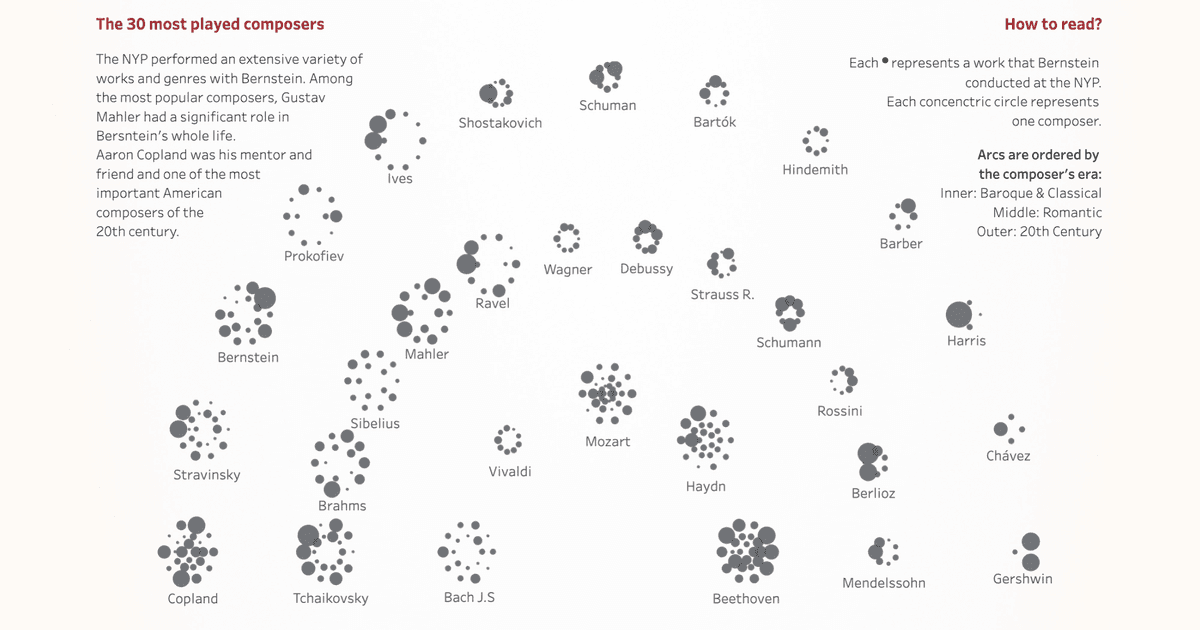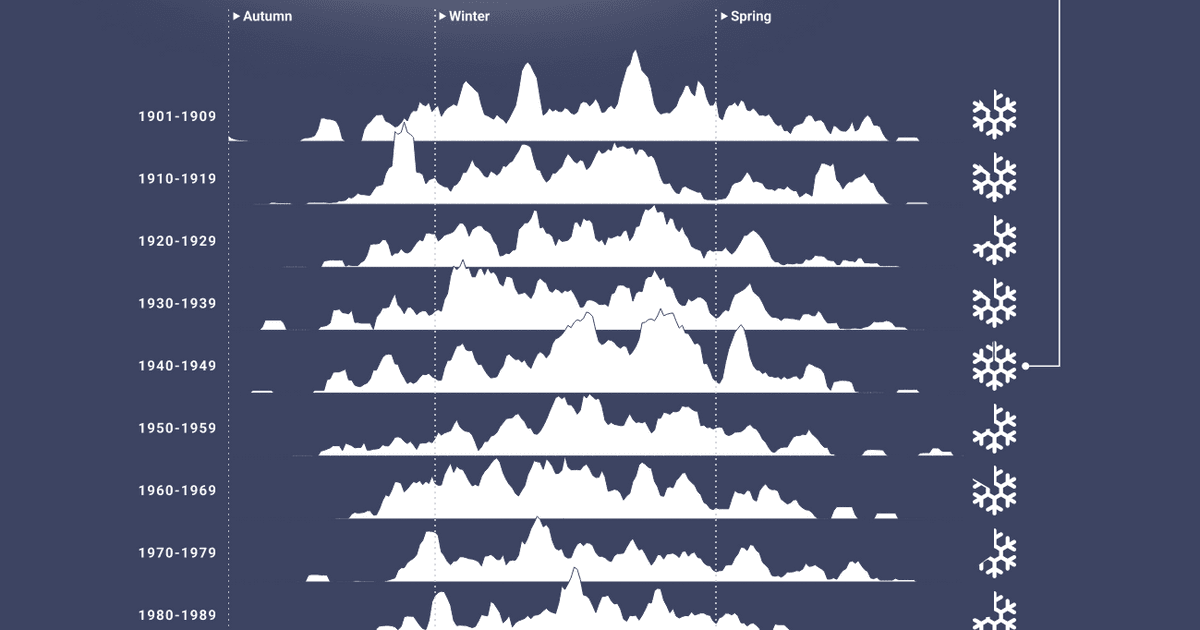How accessibility got us a seat at the Hungarian Parliament (temporarily)
Written by: Júlia Borsi

A personal tale of how a meaningful passion project evolved over time and took us to unexpected places.
Hi, my name is Julia, and you’re probably wondering how I ended up here.
Let us rewind…

We have some ideas
Before launching this blog, our team had weekly sessions to explore anything dataviz-related that excited us apart from our day-to-day tasks. I volunteered to lead a discussion on accessibility because my colleague Pisti often talked about it, and I felt annoyed and slightly embarrassed by my lack of knowledge. Although the goal of these sessions was to spark casual conversation and briefly touch on new topics, I found accessibility so intriguing that I ended up researching it for several days.
I was overwhelmed by the sheer volume of information available and that everything was completely new to me. That’s when I realised that accessibility in data visualization goes well beyond just colourblind-friendly colour palettes! I couldn't believe how much info was out there that I'd never come across before—it was definitely a humbling experience.
Getting the band together
Our slight obsession came handy when we launched our blog and was looking for topics to share. Pisti envisioned a three-part series on accessibility, addressing the key questions: What is accessibility in data visualization? Why is it important? How can we implement it in our everyday tools? The idea was to make all this information more digestible for people coming on this journey after us.
I’ll be honest: we didn't realize how deep this rabbit hole would go. We dramatically underestimated the time and effort this project would require, even though we knew it would be demanding. Although it proved to be far more work than we expected, we felt like we just couldn’t let it go. The more we learned about the topic, the clearer its importance became, and we were determined to produce the highest quality work we could. This became particularly evident to me in the second article (the one I contributed to the most), where we aimed to create a guide for Power BI and Tableau. We found that while many articles covered concepts, practical implementation advice was lacking, with some sources, only scratching the surface of accessibility in practice (looking at you, Tableau documentation). Our goal was to provide a practical guide with real impact, not just theoretical insights. So we kept pushing through, trying and testing everything to see what is feasible and what isn’t.
It was like trying to sprint a marathon. The scope of topics we wanted to cover kept growing, but we didn’t adjust our internal deadlines.

There were times we stayed in the office until nearly 1 am, ordering pizzas and drinking porto-tonic cocktails, all in a bid to meet a self-imposed deadline that ultimately turned out to be unrealistic. Even during that time we weren’t sure if anyone would actually care about our work. Our blog wasn’t really on anyone’s radar at this point.
On tour we go
As we began publishing the articles one by one, it became clear that we had created something special. Accessibility experts were praising it online, and the blog’s visitor count continued to rise. We submitted our research and presented it at the BI Forum Budapest, one of the largest data analytics conferences in Hungary.
About a year later, I was contacted by The Representatives' Information Service of the Hungarian Parliament, an organisation that provides research and information services for members of parliament and their staff. After attending my presentation at the conference they asked if I would present it at the European Centre for Parliamentary Research and Documentation (ECPRD) conference on the use of data and data visualization in EU parliaments.
Of course, I said yes, and it was an incredible experience! What made it even more thrilling was that the conference took place in the historic Hungarian Parliament building, which I hadn’t visited since elementary school.

Presenting our work at such an important stage and getting a chance to hear other parliamentary researchers discuss how they use their data was a real honour. It also gave me a peek into how data is used in a field I'm not familiar with and led to some delightful conversations with parliamentary researchers over coffee.


Plus I even got a free tour of the Hungarian Parliament building, explored areas off-limits to tourists, and took what I believe is the coolest elevator selfie ever!

Not the end
Caring about users with disabilities is the right thing to do, but I don’t think I understood how far behind the digital world (me included) was in that, until we started doing this research. Jaime Tanner writes about it in Nightingale: ‘It’s perhaps hard to understand how far behind you are until you get an example of what an accessible graphic could be. Once you acknowledge that there is a gap, it’s hard to ignore it.’ Personally, this realization was a major motivator for me, I wanted to contribute to closing this gap.
Our biggest takeaway from this project is that working on topics you're passionate about is absolutely worth it. We aimed for high quality because we couldn't accept anything less and I believe our readers recognised and appreciated that effort. But even without all the conference presentations, we would still have been happy with the results.
I also want to thank the all-star team that poured their heart and soul into this project: István Korompai, Hanna Békefi, Boglárka Göttli, and Bianka Csuzdi. I was fortunate enough to present it at the Hungarian Parliament, but it truly was a collective effort.



